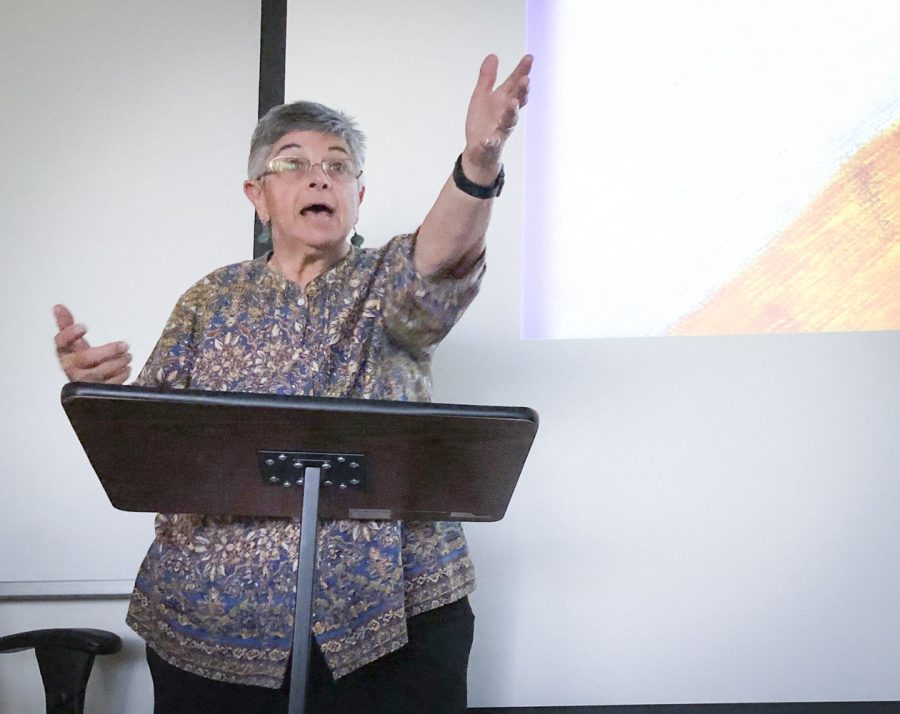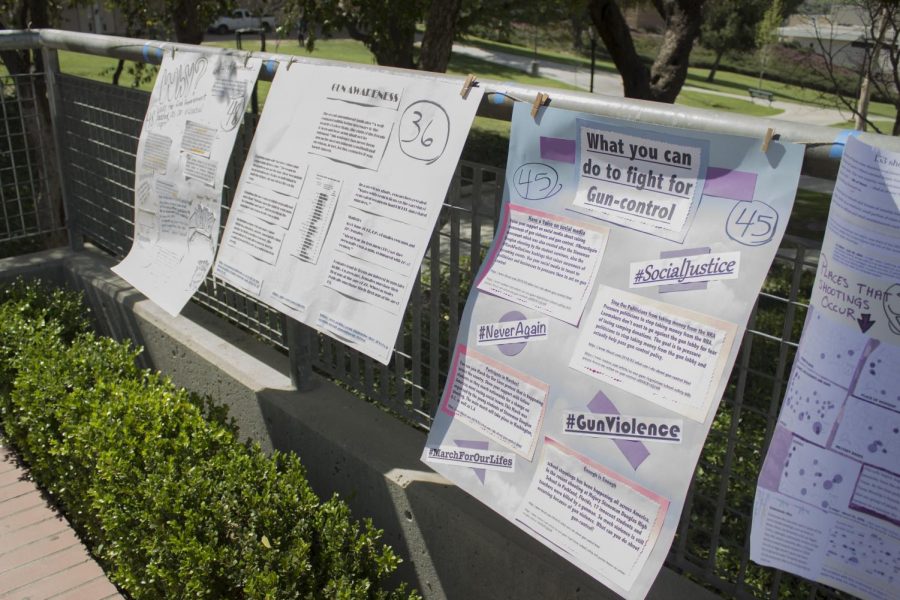More students than ever are attending classes at the Ventura County Community College District (VCCCD) this semester.
The problem is that the courses offered have not grown as well.
“This is a difficult position, because the demand for classes is greater than ever and the funding for classes is less than ever,” said Susan Johnson, vice chancellor of business and administrative services with the VCCCD.
According to Johnson, enrollment is up 2 percent district-wide and class courses are down 3 to 5 percent.
Add this to the previous cuts in funding to the general funds and categorical funds, as well as 450 full-time students the college is not getting paid for, and Johnson says it’s getting difficult to still provide students with the core classes they need.
“We’re trying to do what we can to maximize efficiency,” said Johnson. “I believe we are effective in doing that, and the reason I say that is cutting back the sections available, and yet enrollment is still climbing.”
The community college system also anticipated receiving about $130 million in federal stimulus money, a number which ended up being $37 million.
Ed Knudson, the executive vice president at Moorpark College, feels they have found a way to make things work and reach that level of efficiency.
“Moorpark has done an excellent job of managing its resources, and the scheduling, and the services that it provides so it can serve as many students as possible,” said Knudson.
The general fund is down $6 million from the last fiscal year, with the categorical fund down $5 million as well.
The categorical fund, which is restricted funding from the state for particular programs such as EOPS, CalWorks and Basic Skills DSPS for disabled students, was cut at least 40 percent.
There are also approximately three thousand unfunded FTES’s, or full time equivalent student. The district estimates how many FTES’s it has by taking the total number of students and dividing that number by 12. This number is estimated at the beginning of every year. The state funds the district for the students it serves, with each FTES giving the district $4,565.
For fall 2009, the district will be funded for 25,850 FTES, and will actually be serving what Johnson estimates to be about 29,000 FTES. Depending on the final number, the district will be short $13.5 million to $16 million.
Johnson believes that the problems with the district’s budget stem directly from how the state of California has dealt with its own budget concerns.
“The state of California has not addressed their overall budget problems,” said Johnson. “I don’t believe they are addressing the budget crisis in an organized, nor sustainable fashion.”
Despite this, Johnson says they are trying to address the budget crisis in an organized and sustainable fashion. As such, students should expect more cuts in the coming semesters.
“We expect further cuts next year, because they [the state of California] haven’t dealt with all the real problems this year,” said Johnson. “They’ve included counting gimmicks, they’ve included deferrals, and they’ve included borrowing, so they have not resolved the problem.”
Jeff Baker, academic senate president, echoes Johnson’s thoughts and concerns.
“In the beginning of this semester, fall 2009, district-wide we have five thousand students whereabouts wait-listed,” said Baker. “That’s a direct result of having to cut back course offerings because of reduced revenues.”





